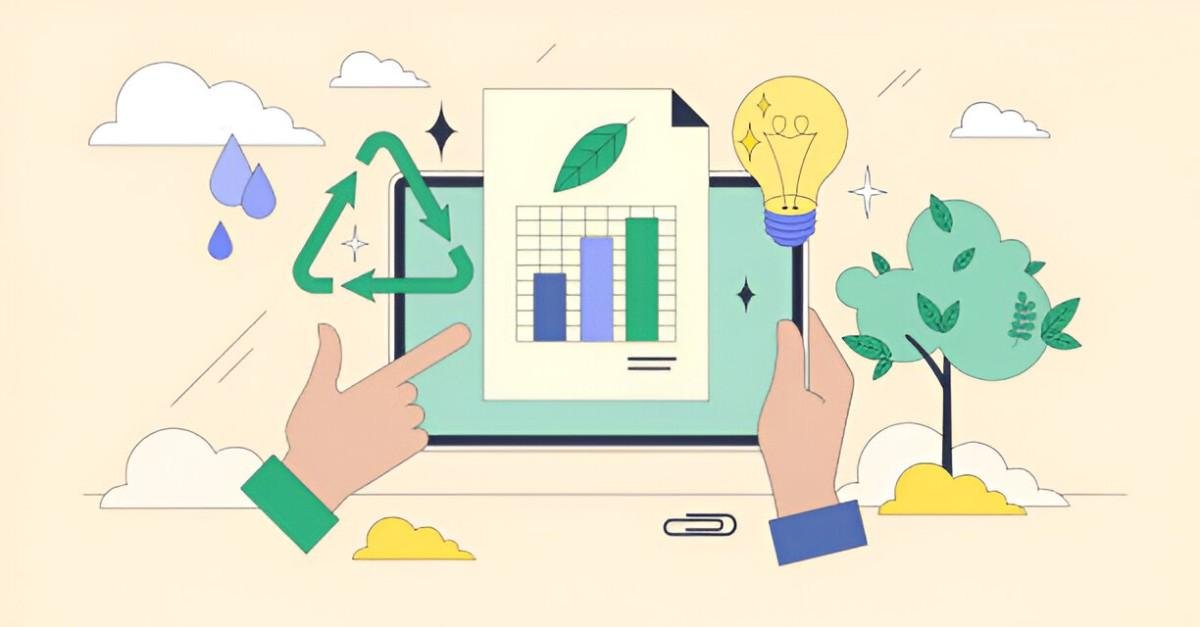As someone who has spent years analyzing financial and media trends, I understand how overwhelming it can be to grasp the true impact of media. Whether you’re a business owner, marketer, or just a curious individual, this guide will help you break down media influence in a way that makes sense. I’ll walk you through key concepts, measurement techniques, and real-world applications—without the jargon.
Table of Contents
What Is Media Impact?
Media impact refers to the measurable effects that media content has on audiences, businesses, and society. It isn’t just about views or likes; it’s about how media shapes opinions, drives decisions, and influences economic outcomes. Think of it as the ripple effect a single news article or social media post can create.
Why Does Media Impact Matter?
Media shapes public perception. A single viral story can swing stock prices, alter consumer behavior, or even influence elections. Consider how Tesla’s stock reacts to Elon Musk’s tweets. A single post can move markets by billions of dollars. This isn’t just hype—it’s quantifiable.
Measuring Media Impact: Key Metrics
Not all media influence is equal. Some platforms drive more engagement than others. Some messages resonate deeper. To measure impact, we need concrete metrics.
1. Reach vs. Engagement
Reach tells us how many people saw the content. Engagement tells us how they interacted with it.
| Metric | Definition | Example Calculation |
|---|---|---|
| Impressions | Total number of times content was displayed | 10,000 views |
| Click-Through Rate (CTR) | Percentage of viewers who clicked | CTR = \frac{Clicks}{Impressions} \times 100 |
| Engagement Rate | Measures interactions (likes, shares, comments) | Engagement\ Rate = \frac{Total\ Engagements}{Total\ Followers} \times 100 |
2. Sentiment Analysis
Not all engagement is positive. Sentiment analysis helps determine whether reactions are favorable, neutral, or negative. Financial analysts use this to predict stock movements based on news sentiment.
3. Conversion Rates
Media impact isn’t just about visibility—it’s about action. If a YouTube ad gets 1M views but zero sales, was it effective?
Conversion\ Rate = \frac{Number\ of\ Conversions}{Total\ Visitors} \times 100The Financial Angle: Media’s Role in Market Movements
I’ve seen firsthand how media moves markets. A negative news piece can trigger a sell-off, while a celebrity endorsement can send a stock soaring.
Case Study: GameStop and Reddit
In early 2021, Reddit users on WallStreetBets drove GameStop’s stock price up by 1,500% in weeks. Traditional media amplified the story, creating a feedback loop. The impact? Hedge funds lost billions, and retail investors made (and lost) fortunes.
Price\ Movement = \frac{Media\ Attention \times Investor\ Sentiment}{Market\ Liquidity}This isn’t a perfect formula, but it illustrates how media and sentiment interact with market mechanics.
Social Media vs. Traditional Media: A Comparative Analysis
Not all media is created equal. A tweet spreads faster than a newspaper article, but newspapers carry more authority.
| Factor | Social Media | Traditional Media |
|---|---|---|
| Speed | Instant | Hours/Days |
| Credibility | Variable (depends on source) | Higher (editorial oversight) |
| Lifespan | Short (algorithm-dependent) | Longer (archived) |
| Audience | Younger, tech-savvy | Broader demographic |
Calculating ROI on Media Campaigns
If you’re spending money on media, you need to know if it’s working. Return on Investment (ROI) helps determine this.
Example Calculation: Facebook Ad Campaign
- Ad Spend: $5,000
- Revenue Generated: $20,000
- Profit: $15,000
A 300% ROI means you tripled your money. Not bad.
Psychological Triggers in Media
Media doesn’t just inform—it manipulates (sometimes unintentionally). Understanding psychological triggers helps decode why certain messages stick.
- Recency Bias: People weigh recent information more heavily. A breaking news story feels more urgent than a month-old report.
- Confirmation Bias: We favor media that aligns with our beliefs. Fox News viewers and CNN viewers often interpret the same event differently.
- Bandwagon Effect: If everyone’s talking about it, it must be important. This drives viral trends.
The Dark Side: Misinformation and Manipulation
Not all media impact is positive. Fake news spreads six times faster than real news (MIT Study, 2018). Bad actors exploit this, from political propaganda to pump-and-dump stock schemes.
How to Spot Misinformation
- Check the Source: Is it a reputable outlet?
- Cross-Reference: Do other credible sources report the same?
- Follow the Money: Who benefits from this narrative?
Future Trends: AI and Personalized Media
Algorithms now curate what we see. Netflix recommends shows. Facebook filters news. This personalization increases engagement but creates echo chambers.
Engagement = \frac{Personalization \times Relevance}{User\ Attention\ Span}As AI gets smarter, media impact will become even more precise—and more manipulative.
Final Thoughts
Media impact isn’t just about numbers—it’s about influence. Whether you’re a business measuring ad success or an individual navigating the news, understanding these dynamics helps you make better decisions. I’ve seen how media moves markets, shifts opinions, and even changes lives. Now, you can too.





